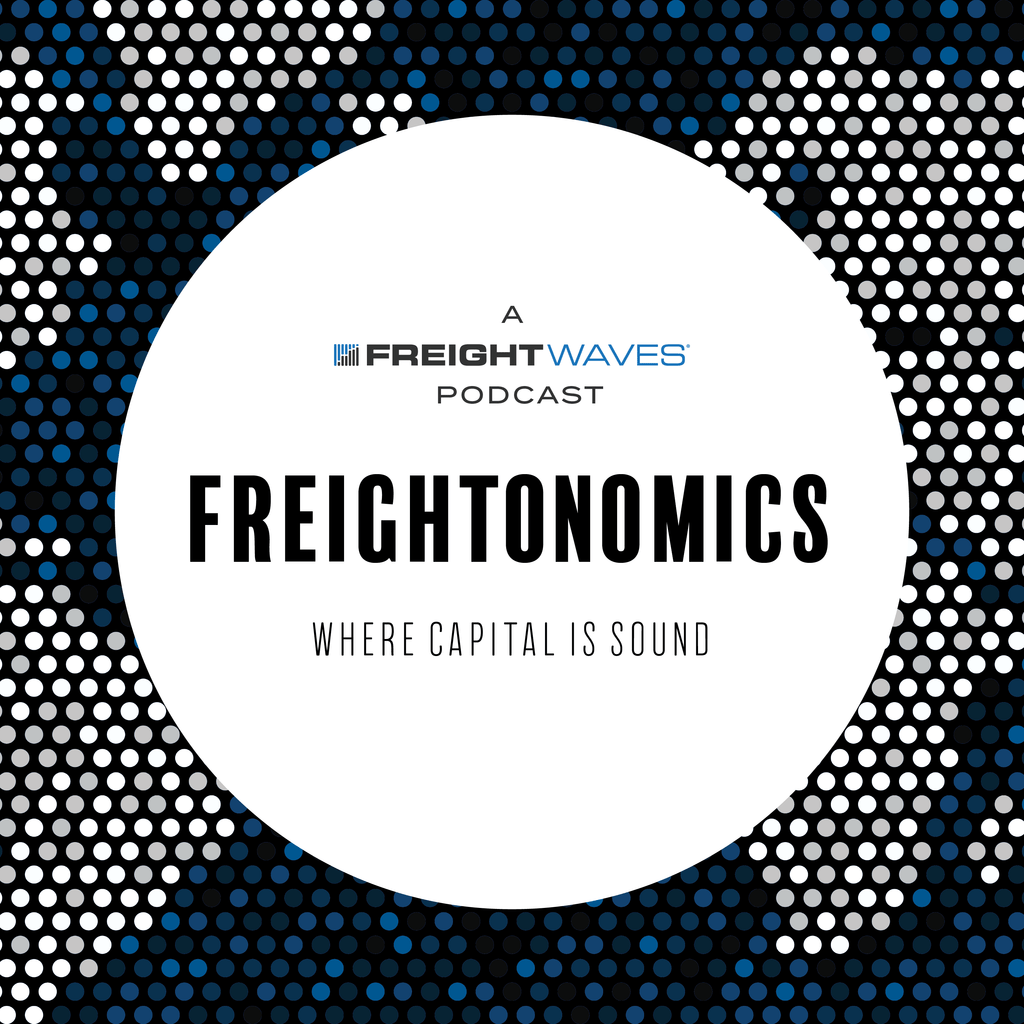EPA gives trucking OEMs whiplash with emissions rule rollback plan
Plus, an AI-based autonomous trucking software provider, and Tier IV, the world’s first open-source software for autonomous driving, announced a partnership to develop autonomous driving solutions in Japan.





























































































